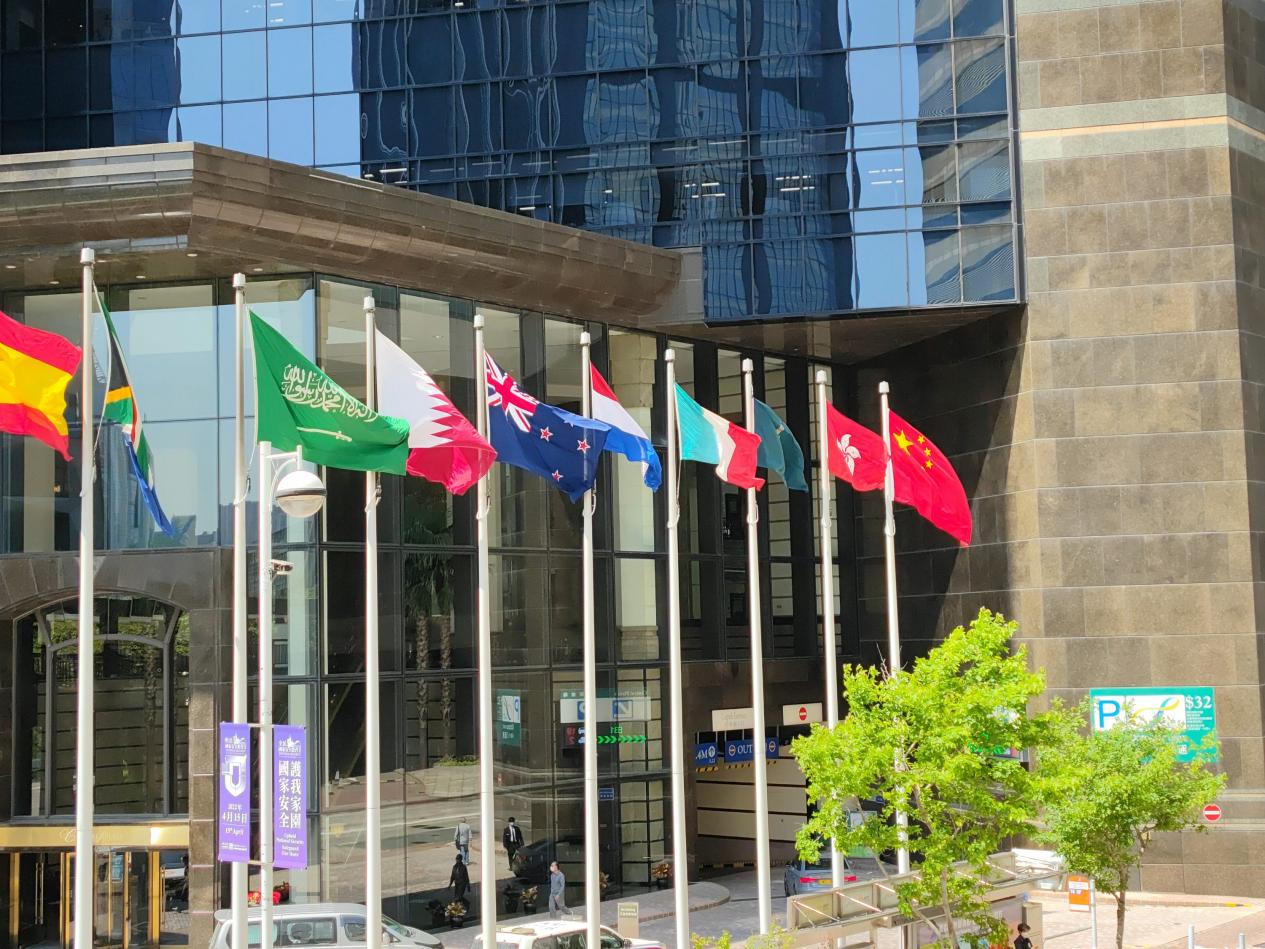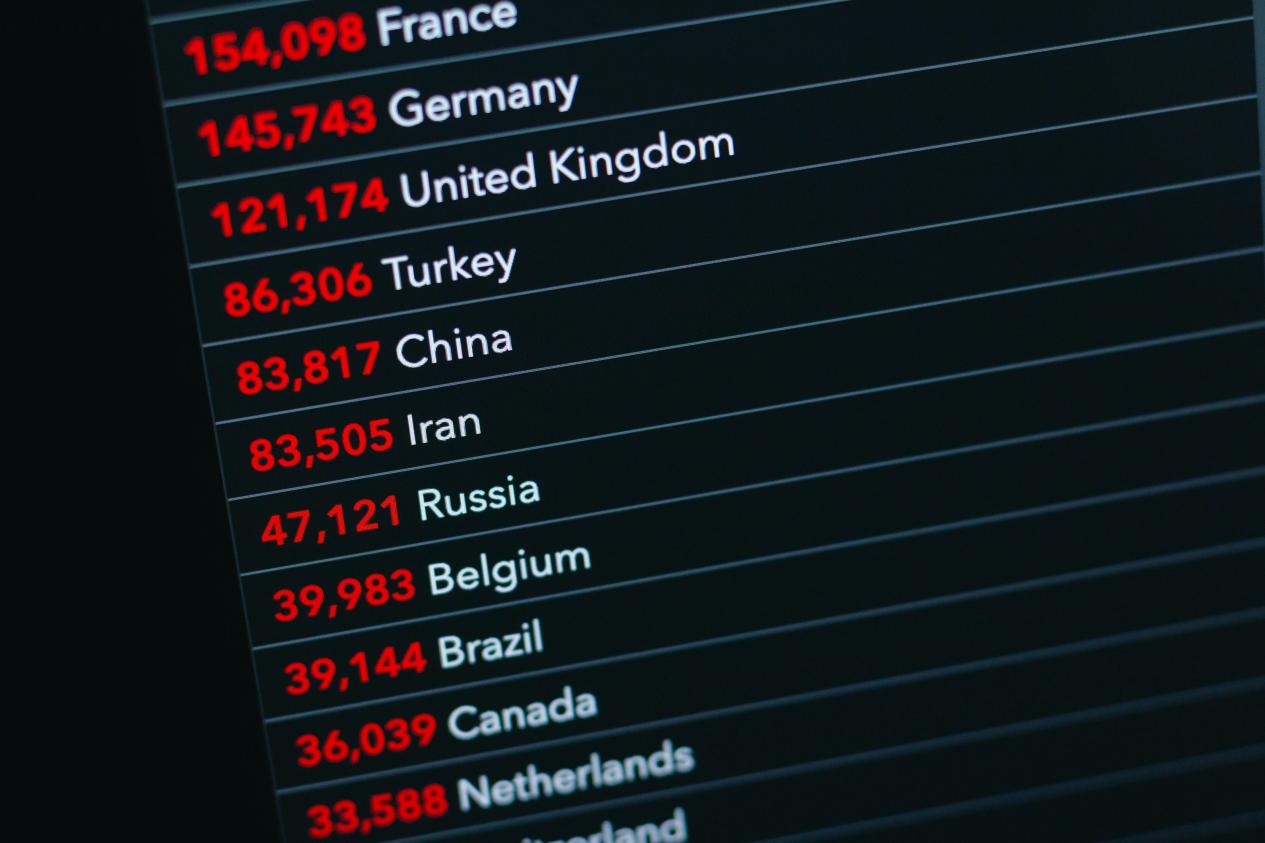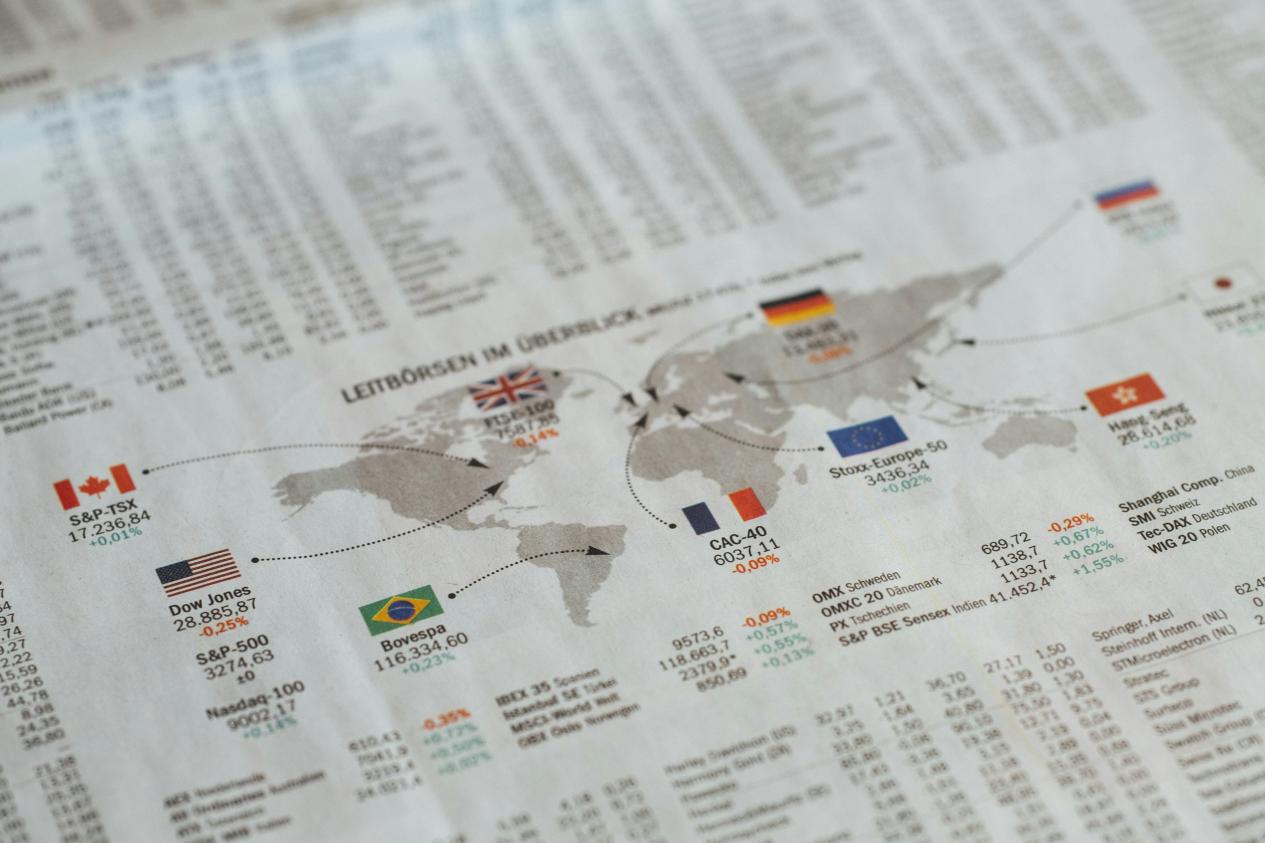On the international economic stage, exchange rate fluctuation is like a ups and downs movement, which has a profound impact on the business strategy and financial achievements of multinational companies. In the global layout, these enterprises skillfully use exchange rate changes to weave a path to wealth.

Multinational companies first reduce risks through foreign exchange hedging. They utilize financial instruments like forward contracts, futures, options, and swaps to lock in exchange rates in advance. For example, if a company expects to pay foreign currency debts in the future, it will sign a forward contract to fix the future transaction exchange rate at the current exchange rate to avoid the increase in expenditure caused by the appreciation of the local currency in the future. Although this kind of operation cannot pursue the benefits brought by exchange rate fluctuations, it can effectively stabilize financial costs and avoid foreign exchange risks eroding profits.
On the other hand, speculative strategy brings rich returns to multinational companies. Some companies rely on professional teams and advanced analysis systems to accurately predict exchange rate trends. When judging that a currency will appreciate, they buy the assets of the currency and sell them after the appreciation to earn the difference. This process tests the company's market insight and decision-making speed. Once the forecast is wrong, it may face huge losses. Therefore, only companies with strong research ability and risk tolerance will set foot in the field of speculation.

Multinational companies also use exchange rate fluctuations to adjust their trade strategies. When their currencies appreciate, they increase imports, use more favorable exchange rates to purchase raw materials and commodities, reduce import costs and improve profit margins. At the same time, they reduce exports to prevent the appreciation of the local currency from weakening the competitiveness of their products in the international market. On the contrary, when the local currency depreciates, increase exports, improve the price competitiveness of products in the international market, and expand market share. This flexible trade strategy enables the company to optimize the allocation of resources in time according to the exchange rate changes and maximize the benefits.
In addition, multinational companies will also pay close attention to exchange rate dynamics when allocating global funds. If the currency in a certain region shows a trend of depreciation, the company will transfer funds from the region to the region where the currency appreciates, and obtain additional income through the currency exchange price difference. At the same time, the debt of one currency can be converted into the debt of another currency by using financial instruments such as currency swap, so as to reduce the financing cost and optimize the debt structure.
However, exchange rate fluctuations bring both opportunities and risks. Multinational companies need to establish a sound risk management system, monitor exchange rate changes in real time and evaluate risk exposure. At the same time, strengthen internal financial control to ensure that foreign exchange transactions are legal and compliant. Only in this way can they move forward steadily in the wave of exchange rate fluctuations and achieve sustainable development.

In the changing international financial market, multinational companies are constantly exploring and innovating strategies to profit from exchange rate fluctuations in order to maintain their leading position in global economic competition.







